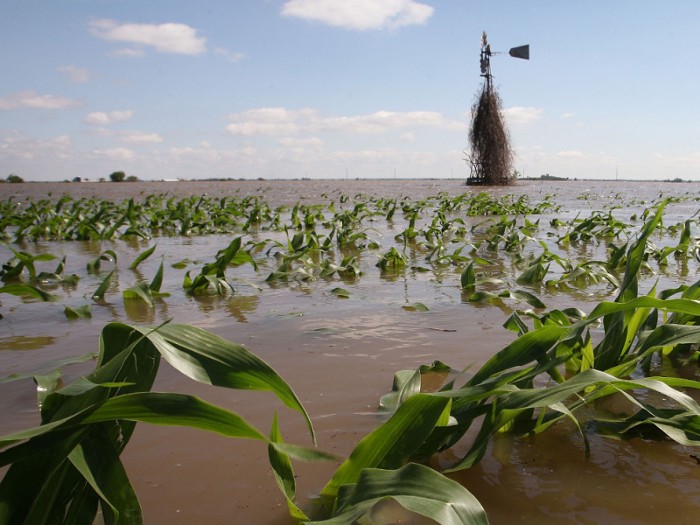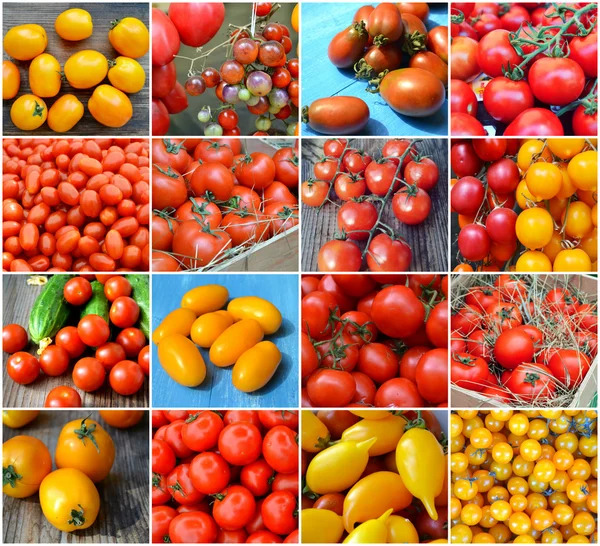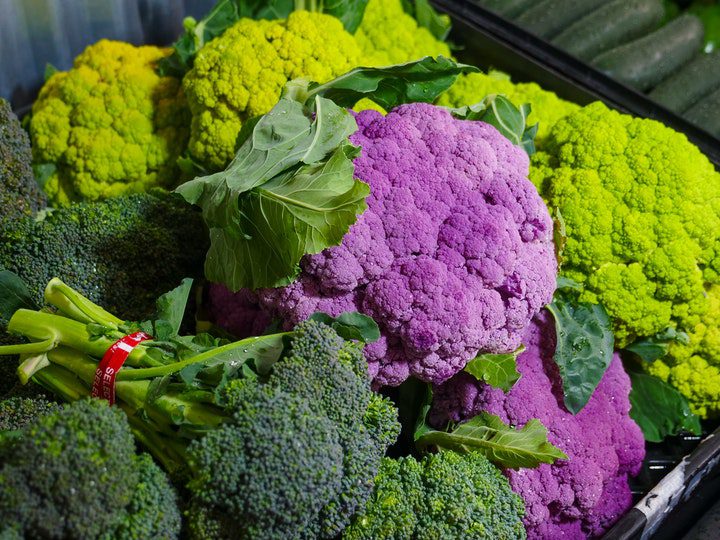How can flood-prone farmers and businesses like you reduce the risk of floods?
According to the World Resources Institute, River floods affect 21 million people each year. The impact of flood on agriculture includes poor farm yields, and income on livestock, crop, and fish farming. Most of those victims are in food-insecure regions of Asia and Africa. Climate change will worsen the severity and frequency of those floods.
In this post, we will give you the 9 cheapest flood control methods of for small farms, businesses, and homes.
Unclog Drainage Channels
Fast removal of water from your farm will reduce its build-up and flooding. You can change this right from land preparation by making good drainage as follows;
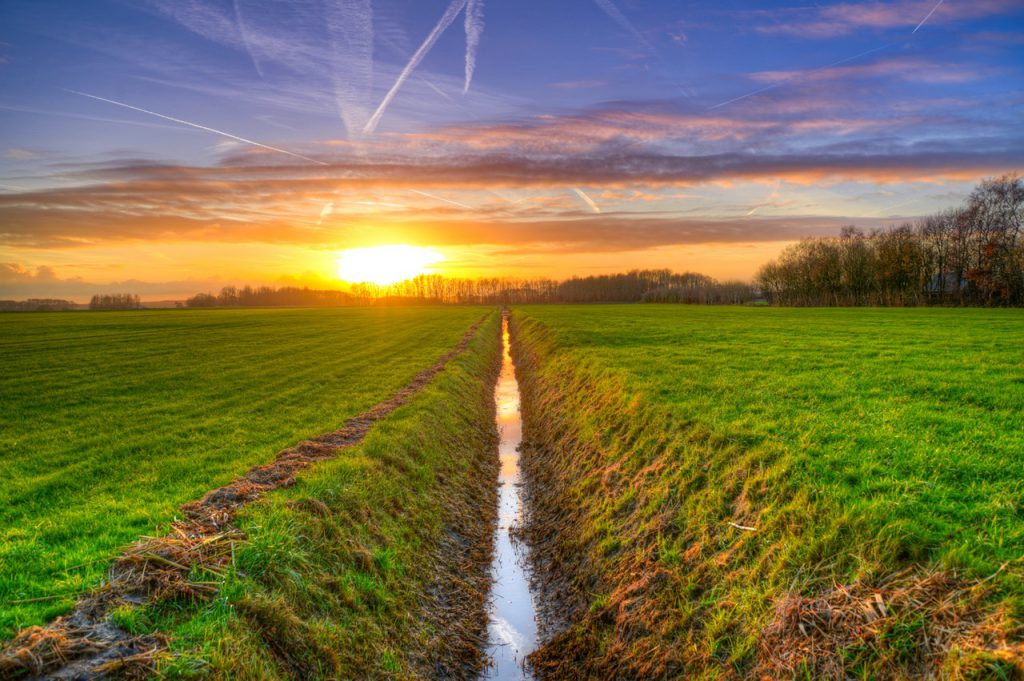
- Create floodwater channels that direct the water from farms to a harvesting site or a nearby water source such as a river.
- Establish runoff or sediment traps to reduce the likelihood of soil erosion.
- Consider dredging to unclog the water channels by removing silt, plastic, or vegetation that is blocking water channels.
Dredging can be a large-scale project by authorities to straighten and widen river channels between beds in low-land flood plains.
Plant cover crops
As an organic farmer, you can grow cover crops to control floods. The plants’ ground cover, mulch, and organic residues improve the soil’s water retention capacity and reduce runoff.
The cover crops you can plant them as cover crops. For nitrogen-fixing legumes, grow; clovers, cowpeas, soybeans, velvet beans, or alfalfa. Best cereals and grasses cover crops you can farm oats, rye, Sudan grass, and sorghum. Additional ground cover crops are sweet potatoes and Desmodium.
Growing Trees
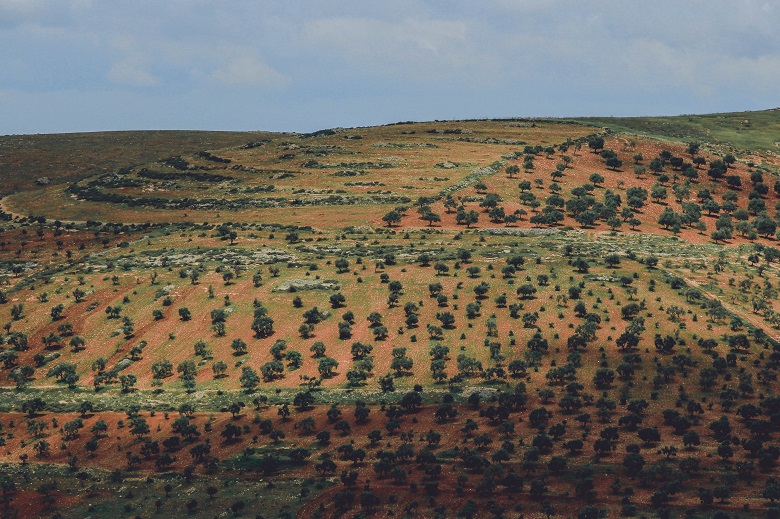
You can prevent floods by planting trees of afforestation. Forests act as water catchment areas. Water infiltrates underground and is released slowly to natural drainage systems such as swamps or rivers. Farmers can take part in afforestation to reduce floods as a long-term measure. Distinct ways you can do this are;
- Agroforestry. Grow multipurpose trees alongside livestock and crops. You can grow fruit trees, fodder, or green fertilizer legume trees. Examples of fodder trees good for agroforestry are Calliandra, Leucaena, and Nandi Flame.
- Commercial tree farming. Plant fast-maturing and marketable trees used in building, carpentry, and fencing. Once they mature, harvest, sell, and plant new seedlings. The best choice trees for timber, fuel, and poles blue are Eucalyptus, cypress, and Cedar. However, the choice may change depending on your ecological region.
- Orchard farming. Plant fruit trees to enjoy their multiple benefits. Eat and sell their quality fruits. The best fruit trees for Kenya farmers are Hass avocadoes, mangoes, and oranges. As a bonus, consider contracted farming in an out-grower scheme with a fruit exporter or processor.
Water Harvesting
As a homeowner, you can reduce flood disasters by harvesting rainwater in large storage tanks and reservoirs. You will collect stormwater and save it for the drought period. You can use the stored water for irrigation, watering animals, and other farming uses. This harvesting water will reduce the water in surface runoff and sewer overflows to prevent floods.
You can store water by digging shallow water pans, ponds, and reservoirs. Another way to harvest water is to construct a water tank that you can place on the surface or underground. You can choose the plastic, metallic, or cement tanks given your budget.
Authorities or firms can fund a mega project to dam rivers to control floods downstream. Such projects serve multiple purposes. An example in Kenya is the Seven Folks Dams Project. The dams harvest stormwater used in irrigation, tourism, power generation, and flood control.
Buy Crop and livestock insurance
You can lower your losses to weather risks (floods, drought & unreliable rainfall) through crop and livestock insurance. Pay premiums to an insurance company that protects crops, livestock, or equipment against damage by floods. In case of loss, they will compensate you, cushioning your loss.
For crop insurance, go for index-based flood insurance. It uses hi-tech satellite imagery for faster, more accurate, and more efficient field assessment. Once the extent and severity of crop damage by floods in your area are determined, there is fast delivery of your payouts. There are 11 companies offering agriculture insurance for high-value crops and livestock in Kenya.
Make Raised farm beds
If your farm is in a flash flood-prone area, consider making raised beds on which you grow your crops. Floodwaters will not wash away your plants. You can make a raised garden bed using a variety of cheap materials such as wood, cement blocks, recycled materials, or metal. You can construct your DIY raised garden bed using these kits and this guide.
Grow Drought-resistant crop varieties
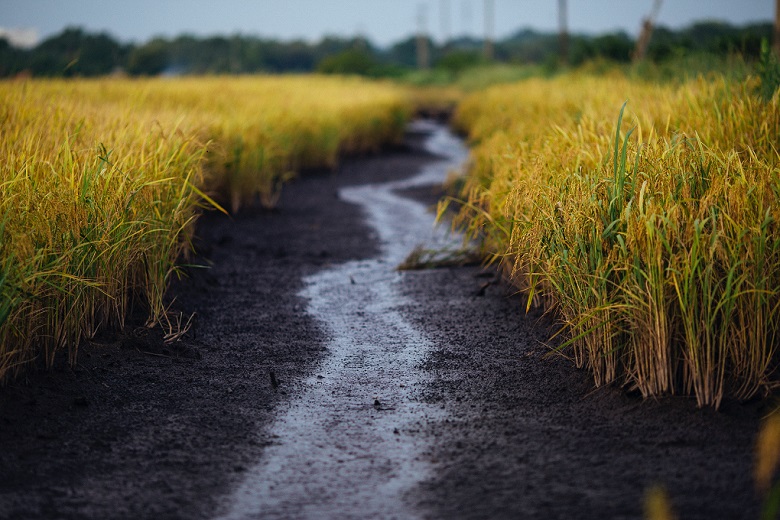
This modern climate-smart farming technique. It promotes the use of changed seed varieties. These have enhanced stress tolerance to excess soil moisture and are resilient to flood submergence. This will reduce the risk of crop failure to floods for farmers in flood-prone areas and provide them with a high yield of potential hybrid seeds.
There are flood-tolerant seed varieties for rice, maize, sugarcane, and jute. Consult your area farmer’s office for flood-tolerant seeds available in your area
Dig Terraces
Farmers can avoid practices that promote soil erosion and floods. Examples of farming methods that can curb floods include;
- Making terraces on the steep hillsides to reduce surface flow speeds and Contour farming along the slopes to control soil erosion.
- Plant vegetation on waterways to help curb the erosive force of runoff and gully formation.
- Observe strip cropping; cultivating a field partitioned into long, narrow alternated strips to reduce erosion.
Livestock Vaccination
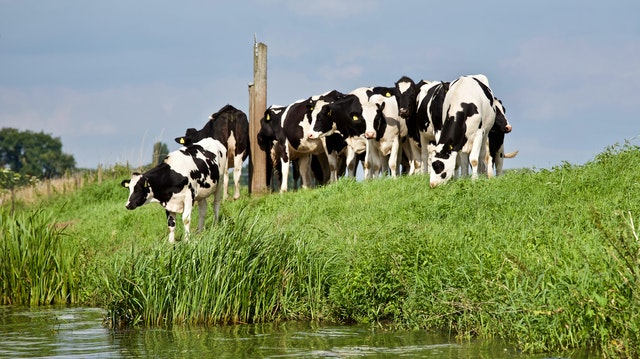
Livestock exposed to floods may suffer from stress, diseases, and pests. To avoid any post-flood losses, consider emergency vaccination for your chicken, cows, goats, and sheep against flood-related diseases. The common ailments during and after floods are pneumonia, lumpy skin diseases, and Newcastle disease.
Apart from vaccination, deworm and treat your flock grazing in flooded pastures. As a safety measure, move your livestock to higher ground during floods to prevent them from being washed away.
